What do you see in a sarape blanket? Bright colors. Intriguing patterns that hint at Mayan influences. A centuries-old tradition that continues to be a part of the daily life in the Mexican highlands.
Artist Esparza sees all these and more. He sees endless possibilities to deconstruct the blanket to recreate novel art forms. Esparza’s works do not resemble the original sarape blanket but carries in them their essence—bright, cheerful colors and mesmerizing shapes and contours that hook you in. What does Adrian Esparza do?
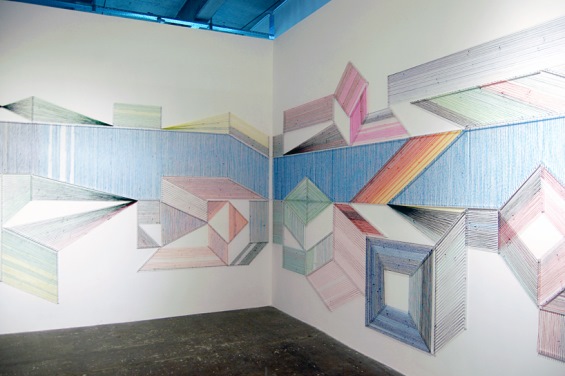
Esparza at Work
Adrian Esparza takes apart sarape blankets thread-by-thread and reweaves the threads around nails to create fantastic geometric installations that are mounted on walls. In these installations, hard strokes meet seamlessly with soft flowing lines to create fascinating shapes and delightful gradients.
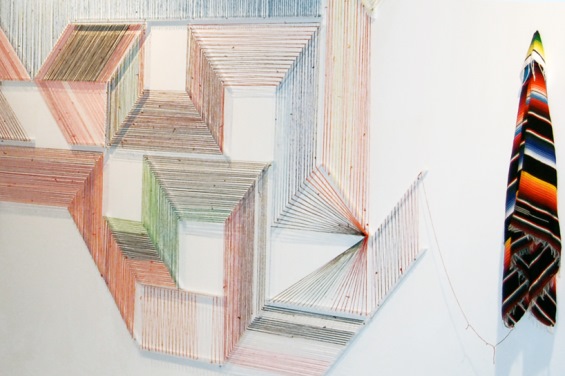
The shapes in Esparza’s works are abstract but they come together to form a harmonious whole. His ability to create harmony from disparate shapes and order out of chaos, however, does not come as a surprise: Esparza not only has degrees in Fine Arts from the University of Texas at El Paso and the California Institute of the Arts but has also attended the Yale University Summer School of Music and Art. So he knows all about forms and is creative and bold enough to break down and experiment with different forms to create fascinating works.
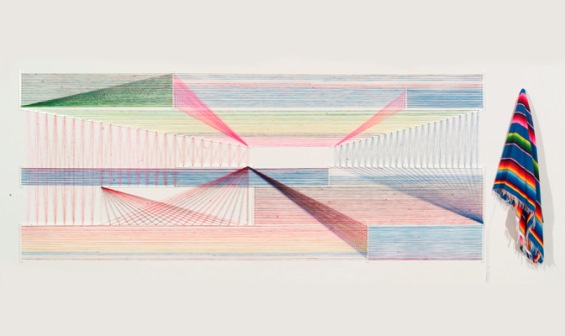
The Story of a People in Esparza’s Geometric Installations
Adrian Esparza is a Mexican-American artist, who was born and brought up on the border of these two countries, in a land that is the melting pot of two divergent cultures and traditions. He is naturally aware of the artistic lineage of the traditional sarape blanket and appreciates the craftsmanship that goes into the making of this cultural emblem of Mexico.

As someone who has grown up in the borderland of Mexico and the United States, Esparza is also a witness to the displacement of Mexican people from their homeland, their exodus to the Land of Promises, and their integration into a new culture while retaining snippets of their ancestry and cultural heritage. He weaves these stories into his geometric installations. Look closely. Do you see a pattern in how he takes apart a sarape blanket and reweaves the threads to create an entirely art piece that still has some semblance to its inspiration? That is the story of the Mexican-American migrant.
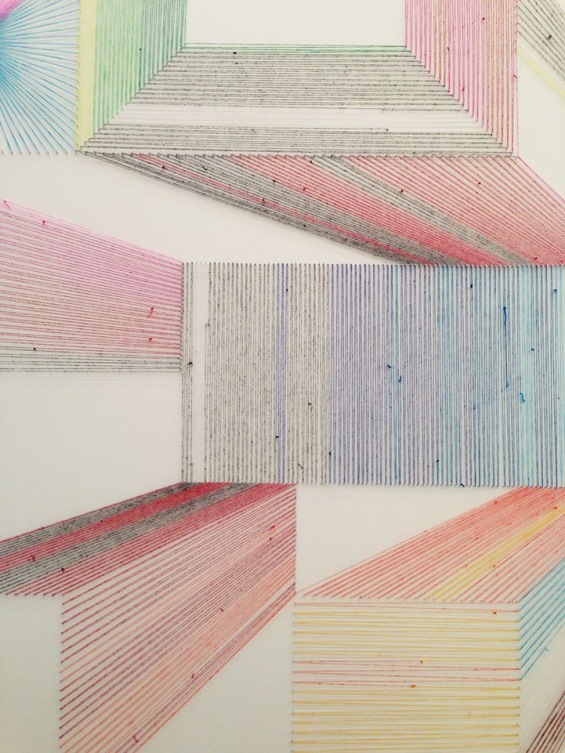
Deconstruction and Reconstruction: The Artistic Philosophy of Adrian Esparza
All artists are creative souls who loathe to be bound by conventions because they see so many different possibilities in the normal and the mundane. Esparza is no different. He can discover a myriad of forms in the traditional rectangular shape of the sarape blanket. He can peer into the ancient Mayan motifs of the blanket and see patterns that no one else can make out. He can see beyond the purely utilitarian value of the blanket to infuse in it a glorious artistic appeal that people gaze at.
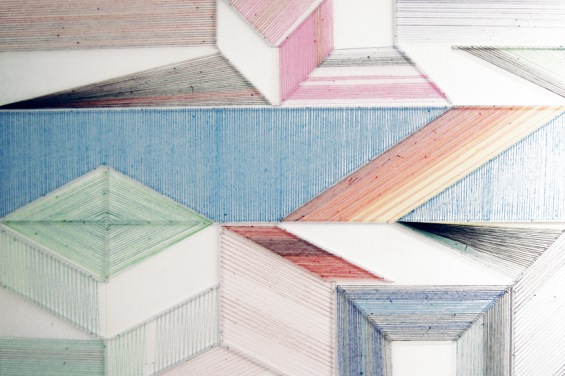
Adrian Esparza’s geometric installations revive interest in the traditional weaves of the sarape blanket and evoke compassion and appreciation for a hardy people that has lovingly embraced the cultures and customs of a foreign land while being rooted to their traditional values.
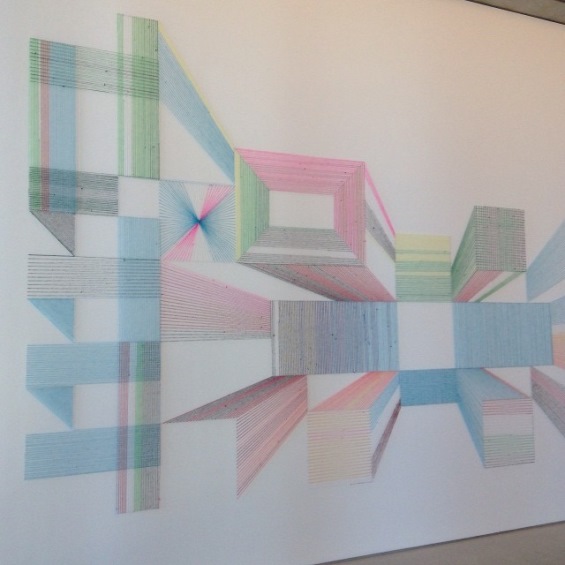
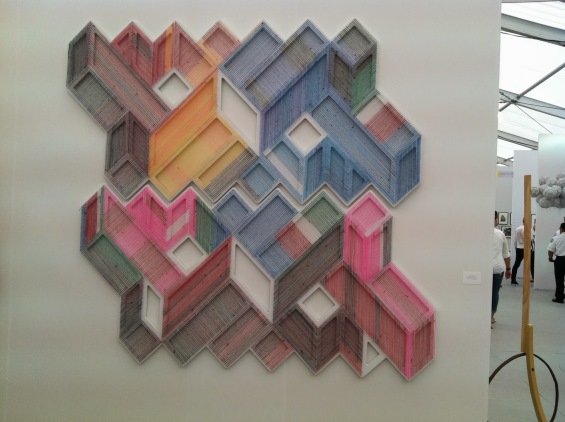
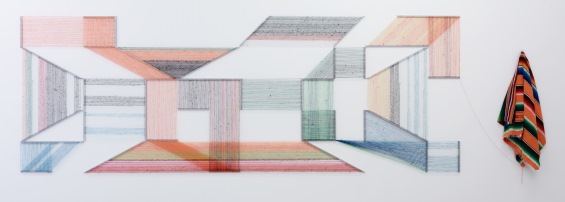
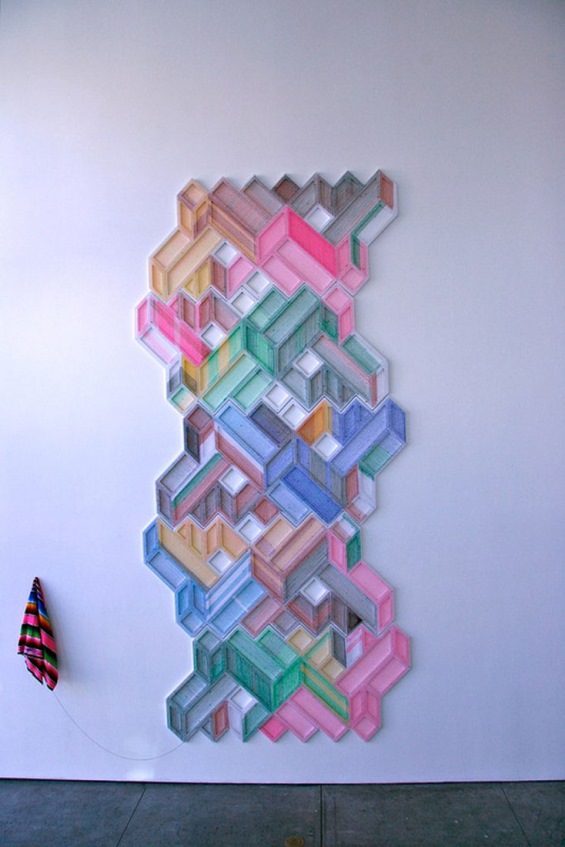
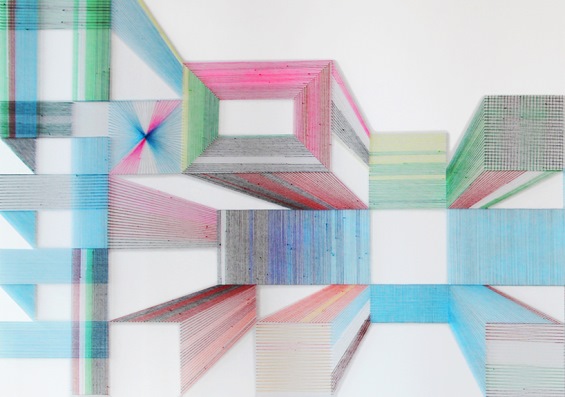

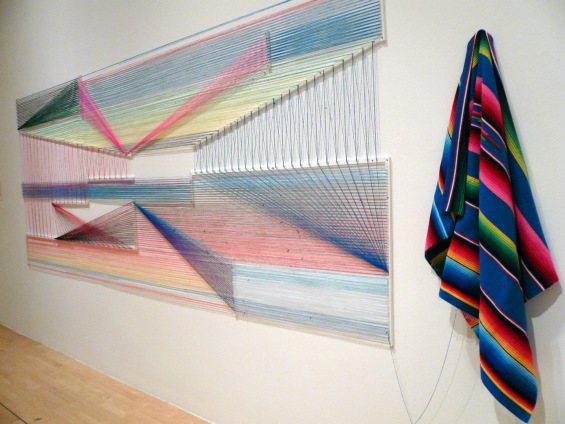





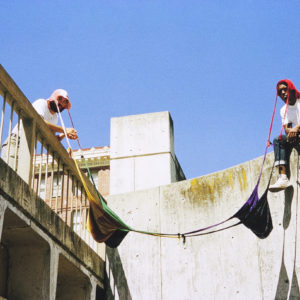

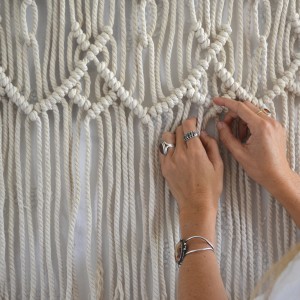
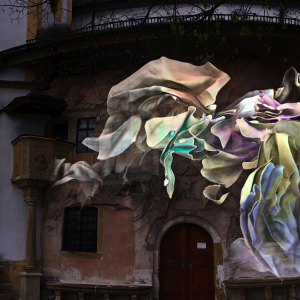
Leave a reply